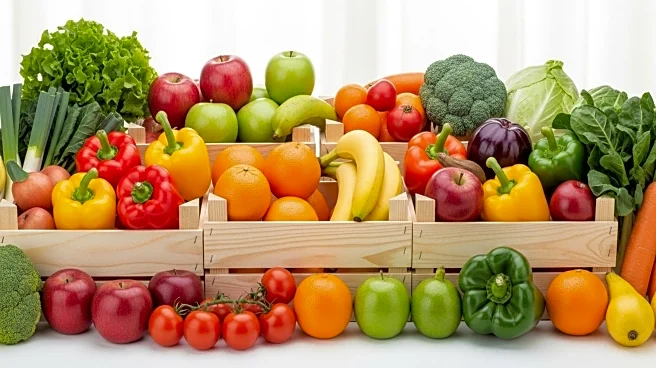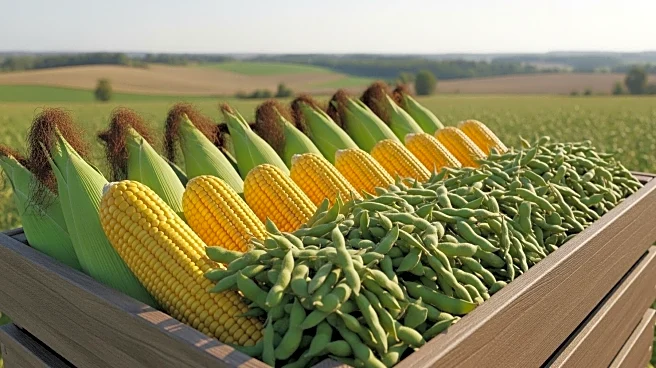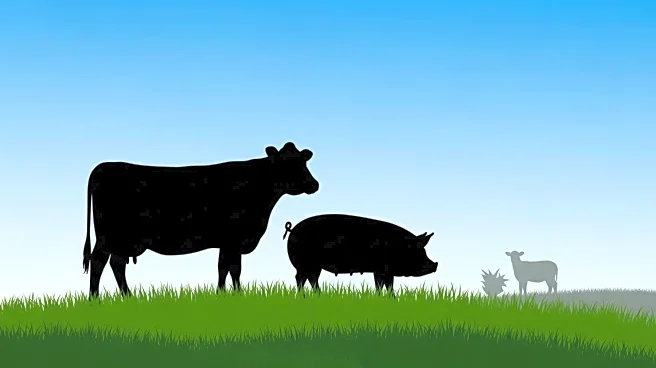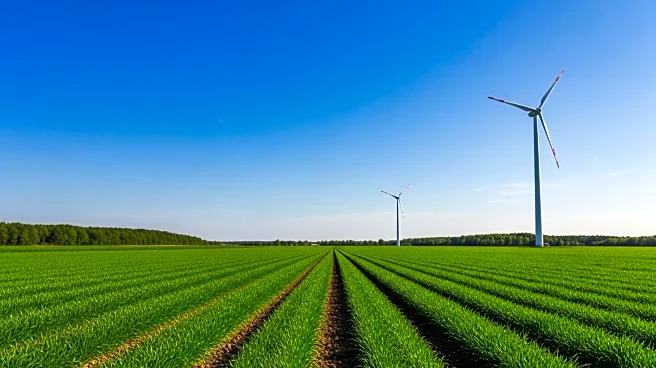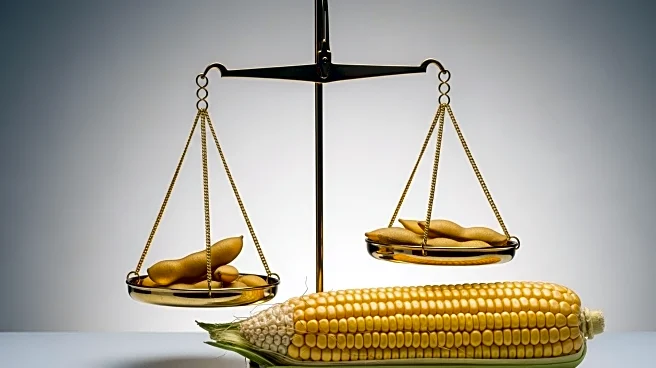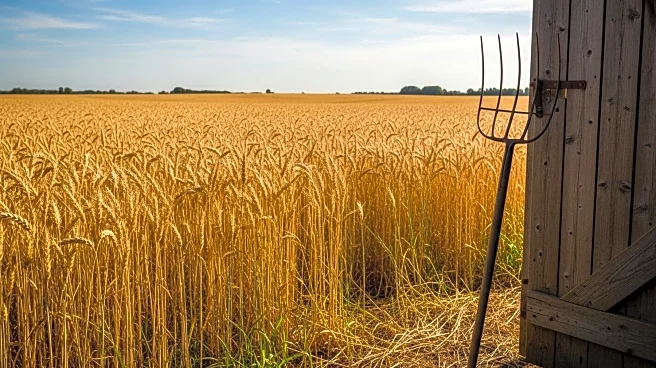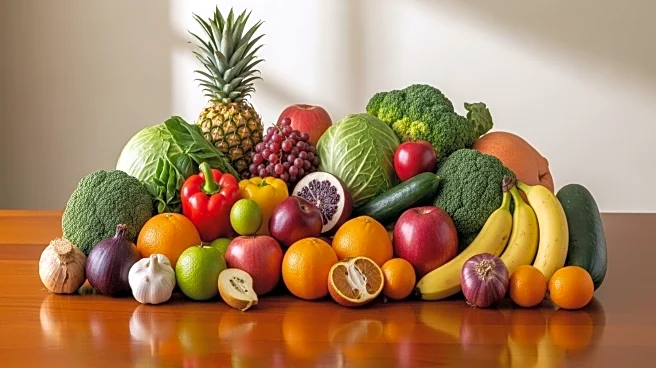What is the story about?
What's Happening?
Economists from Texas A&M University and the University of Tennessee have reported significant increases in beef and pork production in the United States, despite a decline in lamb output. Beef production has risen from 629 pounds per animal in 2000 to 724 pounds in 2024, largely due to increased cattle weights. Pork production has also seen a substantial increase, with output per sow rising from 3,041 pounds in 2000 to 4,635 pounds in 2024. This growth is attributed to larger litter sizes and more litters per sow annually. Conversely, lamb production has decreased, with output per ewe dropping from 57 pounds in 2000 to 48 pounds in 2024, partly due to a shift in market preferences towards smaller carcasses.
Why It's Important?
The increase in beef and pork production reflects advancements in agricultural practices and efficiency, which could have significant implications for the U.S. meat industry. Higher production levels may lead to more stable meat prices and increased export opportunities, benefiting producers and consumers alike. However, the decline in lamb production highlights challenges in meeting changing consumer preferences, which could impact lamb producers and require adjustments in marketing strategies. The overall trends in meat production are crucial for understanding shifts in agricultural economics and consumer demand.
What's Next?
Producers may continue to focus on optimizing production efficiencies to maintain growth in beef and pork output. The lamb industry might need to explore new strategies to adapt to consumer preferences for smaller carcasses, potentially involving changes in breeding practices or marketing approaches. Economists and industry stakeholders will likely monitor these trends closely to anticipate future shifts in production and demand.
AI Generated Content
Do you find this article useful?



